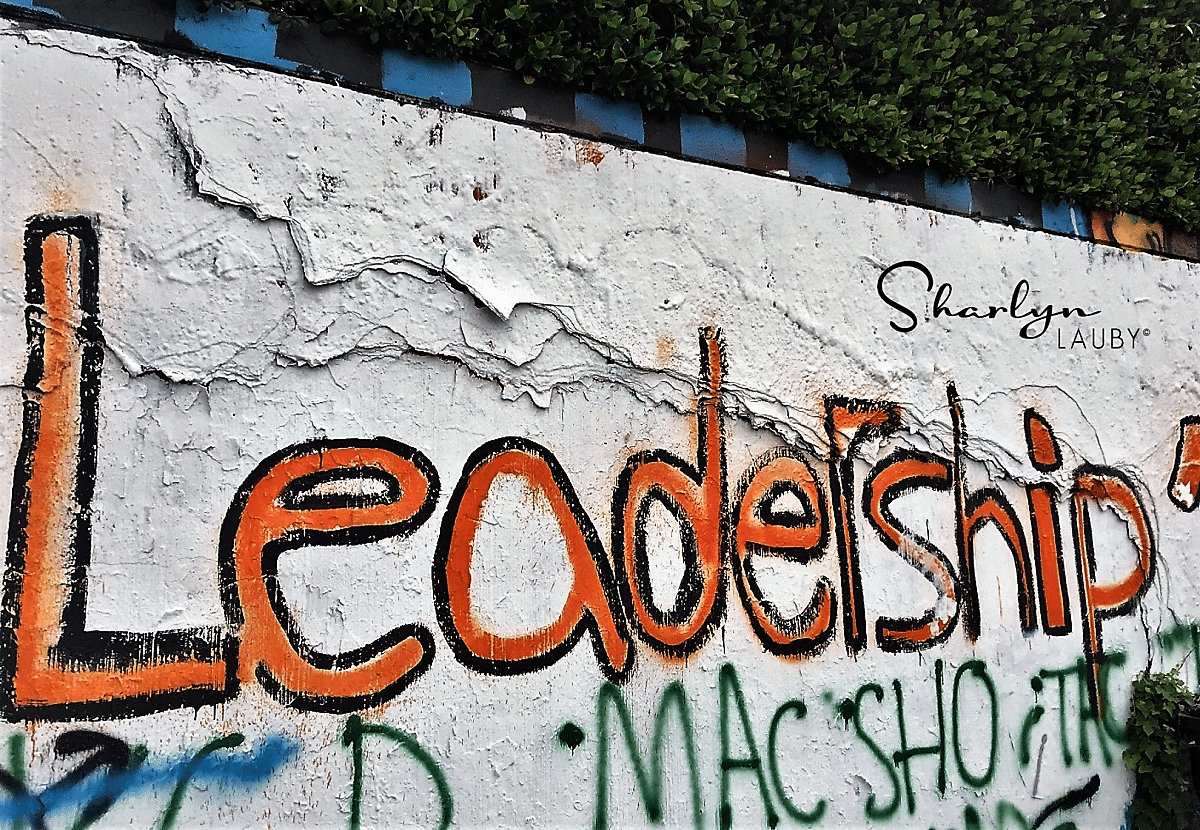The Culture Series [Part 3] – Using Leadership to Establish Cultural Identity
In the previous article of this series on cultural identity, we talked about the first two competencies organizations should focus on developing: 1) trust and 2) emotional intelligence. If employees are not self-aware and cannot build trusting work relationships, it will be very difficult to develop the other two competencies: leadership and agility.
Competency #3 –Leadership in Cultural Identity
Leadership is the ability to influence others. It exists in every person at every level in an organization. The first step in becoming a leader is to learn about ourselves. Organizations have tools such as personality assessments, multi-rater feedback, mentoring, and coaching to help individuals understand their own motivations and behaviors.
Another way to grow as a leader is by gaining knowledge of your social identity. This relates to our inclusion within certain social groups such as age, gender, race, religion, nationality, socioeconomic status, sexual orientation, etc. The concept was pioneered by Henry Tajfel, a social psychologist, in the early 1970’s.
Social identity establishes three things:
- It tells us about ourselves viz a vie the groups we identify ourselves with
- It enhances self-esteem by feeling emotionally connected with a group
- It provides an opportunity to understand people or groups who are different from ourselves
Effective leaders can work with differences. Tracey Burton, former director of diversity at Target Corporation, says working with differences is the key to breakthrough results. “I think the greatest benefit we have found is that diversity drives innovation. People from different backgrounds engaged in thoughtful debate leading to groundbreaking solutions. When you have a team that is engaged and reflective of your consumer base, you can better understand, anticipate and meet the needs of your guests.” Leadership creates the internal awareness necessary to start thoughtful, effective dialogue.
Competency #4 – Agility and Change in Cultural Identity
Every person and organization experiences change. Some changes are big, others are small. Changes can be voluntary (as in, “I’d like to learn how to speak Spanish.”) or forced upon us (i.e. “We need to do business differently.”). Today’s business professional must be able to quickly recognize the need for change and successfully navigate the change process.
Denice Kronau, former chief diversity officer for Siemens, says recognizing our own personal biases is crucial to effective change management. “When I’m hiring someone, I’ll hire a little Denice, because it’s easier – that’s our natural tendency as people. But research also shows that over time diverse teams out perform non-diverse teams. So, with that, once I understand that I have a bias to go hire a little Denice, I know to compensate for that bias in my hiring decisions and my work decisions.”
It’s up to individuals to recognize their possible biases and take actions that will balance those for the benefit of everyone, including the company. The process might take an individual outside of their comfort zone creating a fear or apprehension that’s difficult. It’s equally important for individuals to find a support system to discuss change and their feelings as a way to manage the process. At this year’s Great Place to Work Conference, PwC U.S. Chairman Tim Ryan talked about the company’s acknowledgement and willingness to start discussing uncomfortable issues.
The same applies to a team environment. Groups might be faced with changing their normal behaviors. The group dynamic can be impacted as individuals are processing change at various levels and at different paces. Ultimately, the group needs to feel confident that the outcome will be best for the team and supportive of the individuals as they work through the change process. Adapting to change quickly and positively keeps inclusion at the forefront.
Organizations continue to face the pressure of keeping up with the speed of change. The only way to do it successfully is to build company cultures that are inclusive. That means investing in leadership at every level and giving individuals the support and freedom to be themselves.
Image captured by Sharlyn Lauby at the 34th Street Graffiti Wall in Gainesville, FL
8